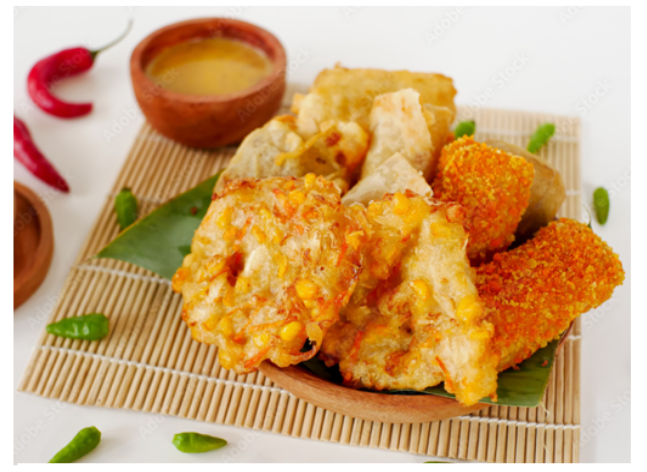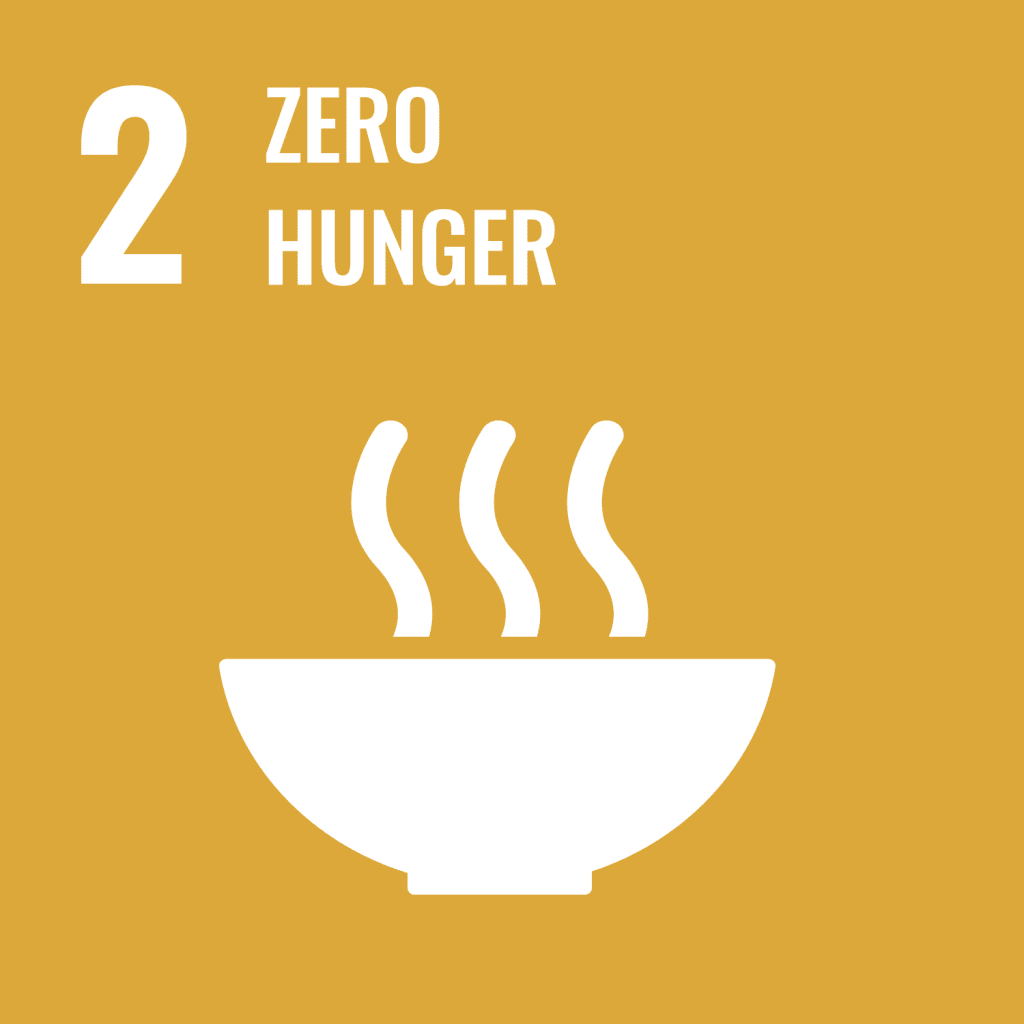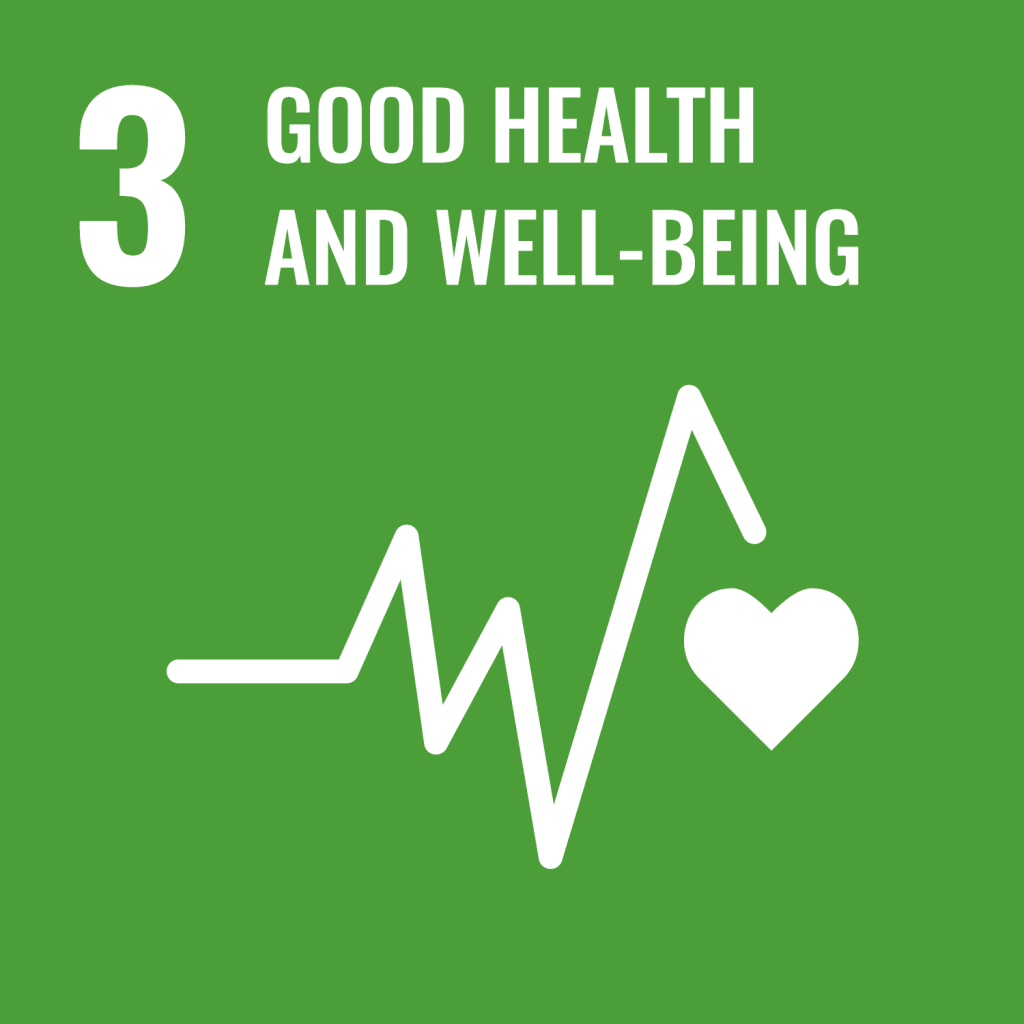Source: image by Freepik
Interning abroad involves various new and exciting challenges. For Anna, a young intern from Sweden, her time in Indonesia, specifically in Yogyakarta, or better known as Jogja, offered more than just professional growth; it presented an interesting challenge – the struggle to find, order and buy healthy food, especially from restaurants. Anna’s story highlights the importance of a balanced diet and how it impacts overall well-being, regardless of one’s geographical location.
Indonesia, with its rich culinary diversity, presents a paradoxical food landscape where abundance coexists with nutritional challenges that resonates with Sustainable Development Goals 2 and 3. Anna’s struggle highlights the critical need for access to nutritious food, a core aspect of SDG 2, which aims to end hunger and promote sustainable agriculture. Simultaneously, it reflects SDG 3’s emphasis on ensuring healthy lives and promoting well-being, as proper nourishment is integral to maintaining good health and vitality. This situation in Indonesia mirrors a global concern where dietary habits are influenced by the availability and affordability of food, impacting both physical and mental health outcomes. Anna’s experience serves as a microcosm of the ongoing efforts to achieve food security and improved nutrition, advocating for a systemic approach to address these intertwined goals.
The Struggle for Healthy Food
Source: image by Freepik
As Anna started her internship adventure in Indonesia, she quickly realised that her dietary needs would not be easily met. Coming from a country where fresh, organic produce and balanced meals are the norm, she was taken aback by the prevalence of fried and oily foods in Indonesia. Anna usually ate granola, sandwich, and porridge for breakfast, but when she moved to Indonesia, it was not the same. After talking to a friend who told her about black rice porridge, she adapted and fell in love with ‘bubur ketan hitam’, which is healthy but sweet. Anna started to feel like all she ate was rice, but she understood it as she saw lots of rice fields in the country due to its tropical climate; which was conducive to rice cultivation making rice an affordable option. Despite the struggle, she loved nasi goreng and some spicy food!
Street food offered delicious, yet less nutritious options and seemed to dominate the culinary landscape, leaving Anna longing for healthier alternatives. Anna browsed on the food delivery app, but she ended up ordering a fruit salad that came with plenty of mayo in it. Anna started to question whether she should adapt to eating fritters, fried food, and rice, or not give up yet.
Navigating the Culture of Fried Food
Source: image by Freepik
Amidst the abundance of fried food options, Anna felt a pang of nostalgia for the wholesome, nutrient-rich meals she was accustomed to in Sweden. After a conversation with a colleague who expressed Yogyakarta people’s love for fritters and how fried food may be the reason for high cardiovascular disease in the city. A research study focused on adolescents in Yogyakarta suggests that inadequate dietary choices and high sugar are a risk for cardiovascular diseases in the region1. Although Anna faced the challenge of finding suitable alternatives, she began to explore local markets, seeking out fruits, vegetables, and ingredients that aligned with her dietary preferences. Although initially disheartened by the lack of readily available healthy options, her determination led her to discover a select few vendors that offered healthier alternatives.
The Health Impact
As Anna persisted in her quest for nutritious meals, she soon noticed the positive effects on her well-being. By incorporating more fruits, vegetables, and balanced dishes into her diet, she experienced increased energy levels, a clearer mind, and overall improved physical health. The shift towards healthier choices not only nourished her body, but also enhanced her productivity and ability to cope with the challenges of her daily living.
Emphasising the Importance of Healthy Food
Source: image by Freepik
Anna’s struggle highlights the universal importance of healthy food choices, regardless of one’s location. Irrespective of cultural differences, nourishing our bodies with essential nutrients is crucial for optimal physical and mental well-being. Adequate nutrition plays a vital role in supporting bodily functions, boosting the immune system’s strength, and reducing the risk of chronic diseases. Furthermore, incorporating a wholesome diet positively impacts energy levels, cognitive abilities, and emotional stability2.
An Opportunity for Cultural Exchange
Anna’s search for healthier options became a gateway to cultural understanding. Through her interactions with local food vendors and expressing her desire for nutritious meals, she engaged in conversations about traditional Indonesian ingredients, cooking techniques, and indigenous recipes. This exchange allowed for a deeper appreciation of the culinary heritage of Indonesia and fostered a greater connection between Anna and the local community. Anna was in love with gado-gado, an Indonesian dish of cooked vegetables and hard-boiled eggs served with the yummiest peanut sauce that contains lemongrass too. Anna loved the sauce and everything about gado-gado.
Source: image by Freepik
Anna’s experience as an intern from Sweden in Indonesia serves as a powerful reminder of the significance of healthy food choices, even when faced with challenges in an unfamiliar environment. As she navigated the prevalence of fried and oily foods, Anna’s commitment to finding nutritious alternatives not only benefited her personal health but also fostered cultural understanding. This tale reinforces the crucial role that healthy food plays in our overall well-being, regardless of the challenges faced. It serves as a reminder that, no matter where we are in the world, the importance of nourishing our bodies through balanced and nutritious meals remains paramount. Currently, Anna has returned to Sweden and cherishes the moments when she was in her batik drinking coconut water and trying some tropical fruits for the first time. Anna is thankful for her experience in Yogyakarta.
By: Sarah Gumush & Dewi Caesaria Fitriani
Editor: Septi Kurnia Lestari
Reference
1Murni IK, Sulistyoningrum DC, Susilowati R, Julia M, Dickinson KM. The association between dietary intake and cardiometabolic risk factors among obese adolescents in Indonesia. BMC pediatrics. 2022 Dec;22(1):1-9.
2Shlisky J, Bloom DE, Beaudreault AR, Tucker KL, Keller HH, Freund-Levi Y, Fielding RA, Cheng FW, Jensen GL, Wu D, Meydani SN. Nutritional considerations for healthy aging and reduction in age-related chronic disease. Advances in nutrition. 2017 Jan 1;8(1):17-26.







